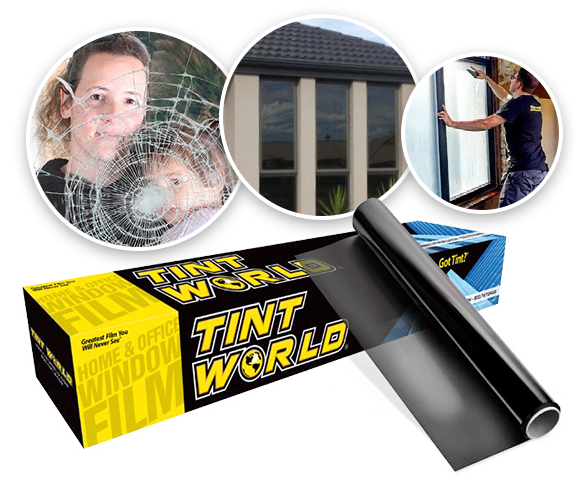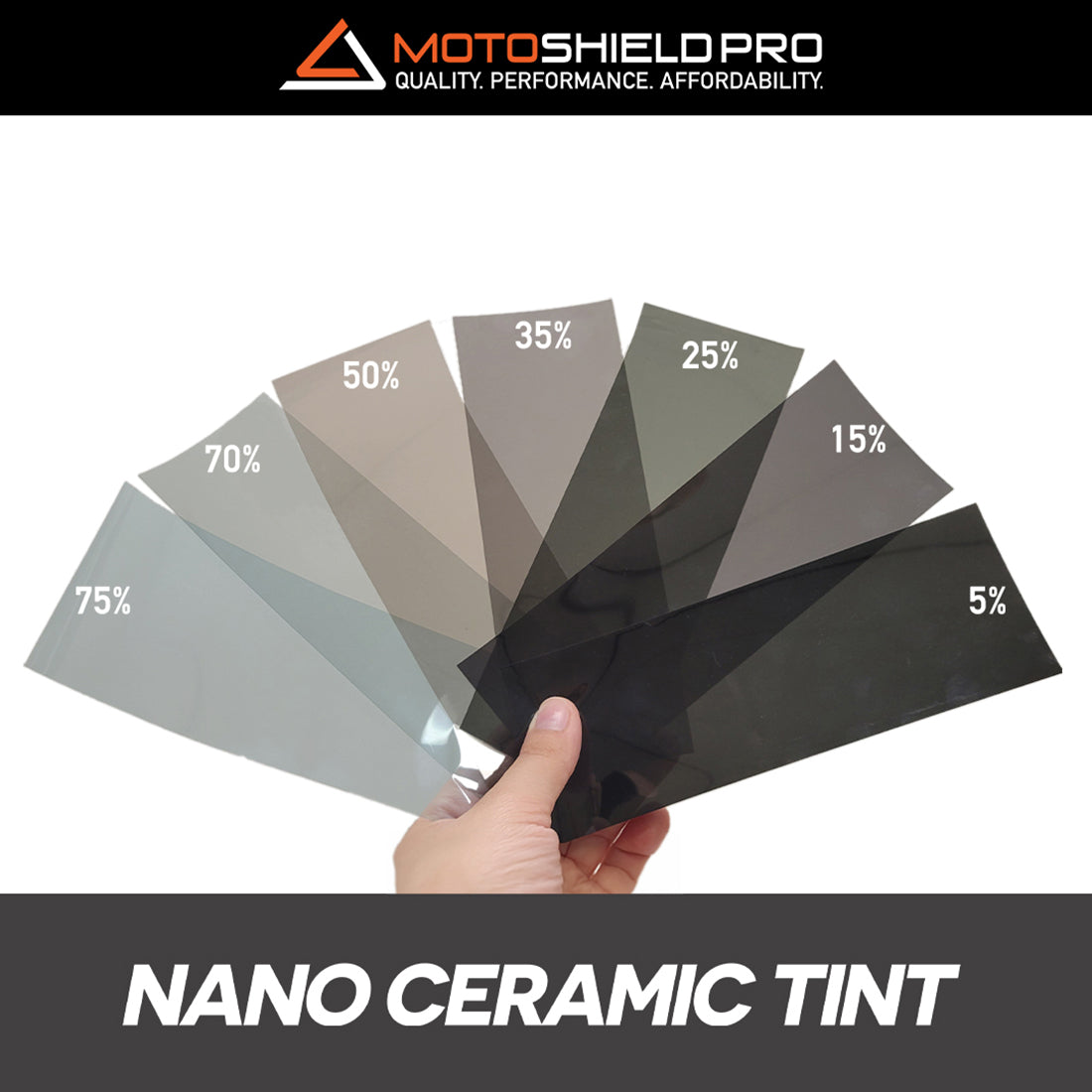The Science Behind Auto Window Tinting and UV Ray Protection
The Science Behind Auto Window Tinting and UV Ray Protection
Blog Article
Window Tinting Rules and Guidelines: What You Required to Know Prior To Tinting Your Auto
Prior to continuing with home window tinting for your vehicle, it is important to familiarize yourself with the diverse laws and guidelines that regulate this technique throughout various states. These regulations dictate the allowable levels of color darkness, often gauged by noticeable light transmission (VLT) percentages, and include details terms for front windscreens aimed at making sure road security.
Review of Window Tinting Laws
Home window tinting regulations are frequently based on variant across different jurisdictions, mirroring regional regulations and safety considerations. These legislations determine the permissible levels of tint darkness and reflectiveness on vehicle home windows, making sure that motorists preserve sufficient presence while likewise securing against dangerous UV rays and warm.
The majority of laws categorize home window tinting based upon the Visible Light Transmission (VLT) portion, which indicates the quantity of light that can pass through the home window. Normally, lower VLT percentages indicate darker colors. Laws frequently differentiate in between the front, side, and rear home windows, with stricter limitations related to the front windshield to enhance safety and security for both the vehicle driver and other roadway individuals.
In addition, some jurisdictions enforce constraints on the reflectivity of the tint, preventing extreme glow that could impair exposure. Exemptions to these laws might exist for people with particular clinical conditions requiring extra sunlight protection. Compliance with home window tinting laws is crucial, as offenses can result in fines, mandatory removal of the tint, and possible rises in insurance policy costs. It is essential for car proprietors to acquaint themselves with local laws prior to continuing with home window tinting installations.
State-by-State Color Regulations
Comprehending the details window tinting policies in each state is crucial for lorry proprietors looking for to abide with the regulation. Each state in the united state has actually developed its very own set of rules controling window tinting, which can vary significantly. These policies usually determine the permitted levels of color darkness, the types of home windows that can be tinted, and any kind of medical exemptions that may apply.
For instance, states like The golden state have stringent constraints on color darkness for front windows, while others, such as New Mexico, may enable darker tints. Furthermore, specific states mandate specific presence percentages for various home windows, consisting of the windshield, front side windows, and back windows. It is essential for automobile owners to acquaint themselves with their state's regulations to prevent possible penalties or charges.
Moreover, some states might need an accreditation sticker to be positioned on tinted windows, suggesting compliance with state legislations. Failure to comply with these policies not just takes the chance of lawful consequences however can also affect safety and presence while driving. Therefore, automobile owners must perform complete study or get in touch with regional authorities to ensure complete understanding and compliance with state-by-state color policies.
Allowed Color Levels and Types
Many automobile owners might be shocked to find out that allowed color degrees and types differ extensively across different states. Each state has established its very own laws relating to the acceptable darkness and reflectivity of home window tint, often determined look at these guys by Visible Light Transmission (VLT) portions. VLT describes the amount of light that can travel through the tinted windows; thus, a lower portion indicates a darker color.

Moreover, the kinds of color materials enabled can vary, with some states banning metallic or mirror-like finishes. It is essential for lorry proprietors to acquaint themselves with their state's certain regulations to make sure compliance. Non-compliance can result in penalties, mandatory removal of the tint, or various other legal repercussions, making it necessary to comprehend these laws before waging setup.
Medical Exemptions for Tinting
While not all states provide allowances for clinical exemptions concerning home window tinting, those that do acknowledge the requirement for details people to enhance exposure and convenience as a result of clinical problems. Numerous medical conditions, such as lupus, skin cancer, and particular eye disorders, can render people especially sensitive to sunshine. As a result, these individuals may need darker tints to protect click resources themselves from damaging UV rays and glow.

It is very important to keep in mind that even with a clinical exemption, there might still be restrictions on the degree of tint enabled. Compliance with state laws makes certain that people are both safeguarded and within legal limitations. Those considering medical exemptions should contact their local Department of Electric motor Autos or comparable authority to recognize the treatments and requirements needed to apply for an exemption effectively.
Charges for Non-Compliance
Falling short to abide by window tinting legislations can result in considerable penalties, which differ by state. Police are empowered to release citations for vehicles that do not stick to the defined tinting regulations. These fines typically include fines, which can range from moderate total up to numerous hundred bucks, depending on the seriousness of the violation and the state in concern.
In some territories, repeated offenses might lead to intensifying penalties or added penalties, such as mandatory court looks. Non-compliance might require the removal of prohibited tinting, typically at the proprietor's expenditure. In severe cases, habitual culprits may face suspension of their vehicle enrollment till conformity is achieved.
In addition, insurance implications may occur from obtaining several citations for home window tint link infractions. Insurers might watch such offenses as a sign of riskier actions, possibly bring about raised costs or trouble in coverage.
To avoid these charges, it is critical for vehicle owners to acquaint themselves with their local window tinting laws and make certain that their car complies (Window Tinting). This proactive approach not only stays clear of lawful implications however likewise advertises road safety and security
Conclusion

The majority of regulations categorize window tinting based on the Visible Light Transmission (VLT) percent, which indicates the amount of light that can pass through the window. Conformity with home window tinting laws is vital, as infractions can result in penalties, necessary elimination of the color, and possible increases in insurance coverage costs.Recognizing the certain home window tinting policies in each state is important for vehicle owners seeking to abide with the regulation. These laws frequently dictate the allowable degrees of color darkness, the kinds of home windows that can be tinted, and any type of medical exceptions that might apply.
For instance, states like The golden state have rigorous limitations on tint darkness for front home windows, while others, such as New Mexico, might enable darker tints.
Report this page